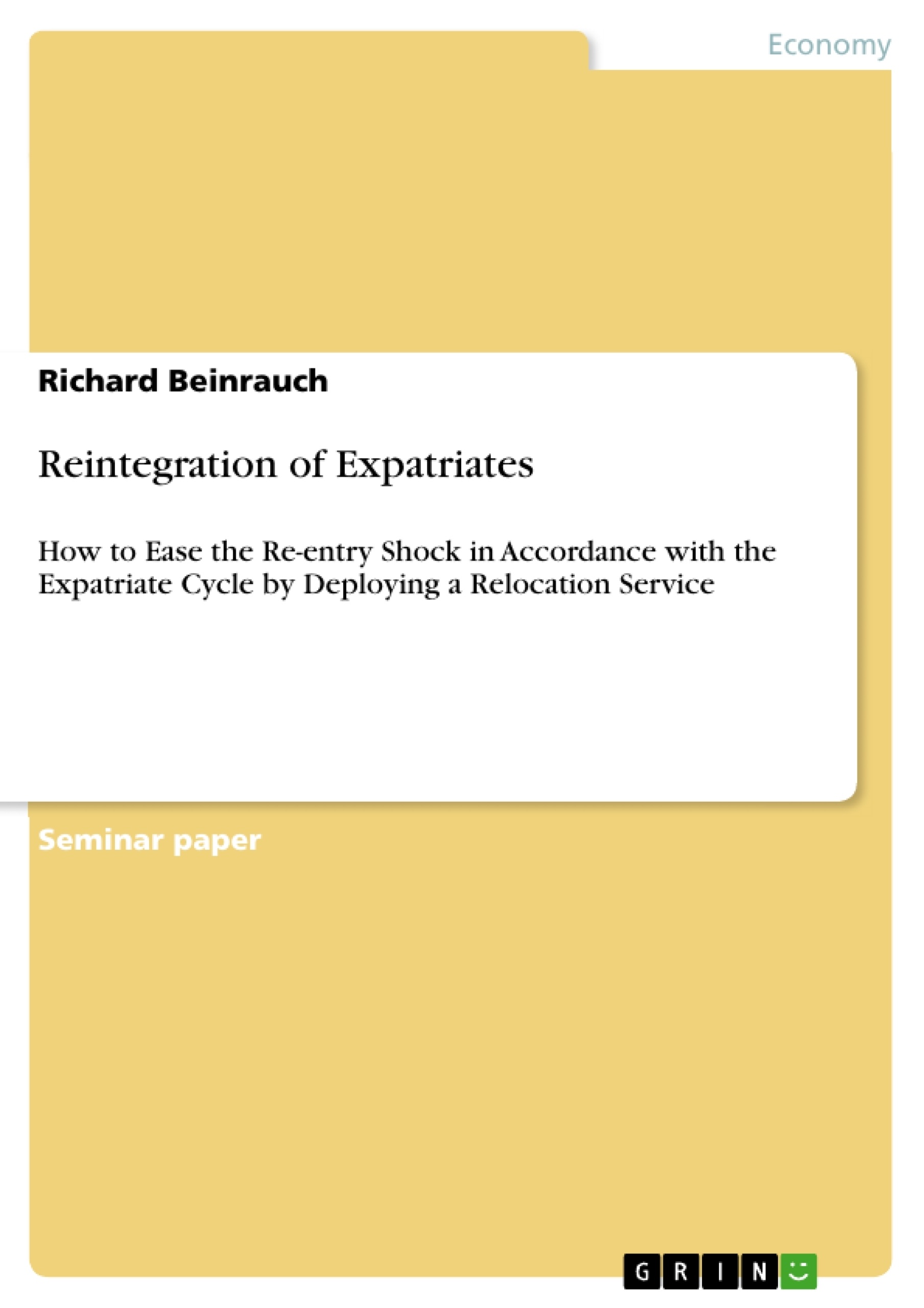Internationalization is not a phenomenon of recent history. Having a closer look in ancient history Moor & Lewis state that they found 2000 before Christ the beginnings of multinational businesses with the Assyrians. Phoenicians, Greeks and Romans followed and a first peek was reached with the Silk Road. Ancient internationalization rose and declined wavelike in several phases. The emergence of the Hanseatic League coined the internationalization of the Middle Ages and was replaced by the families of merchants like Fugger and Medici. All these eras are characterized by international trade and travelling people.
In the beginning of the following colonial era resources of colonies were exploited to manufacture and trade goods with the aim to strengthen the mother country. But with the decline of the colonial era and the rise of the industrial revolution foreign direct investment became a specific instrument as well as expatriate management.
Today international travel is very common in business. The dimension of international business travel encompasses virtual foreign assignment, business trip, commuter, construction job, secondment, limited relocation and permanent relocation. IHRM is very well prepared to provide adequate trainings for all kinds of business travelers in respect to the cultural differences of the nation of destination.
Although trainings for international assignments are rated as very good and good by 85% of the firms the attrition rate of expatriates/repatriates rose from 8% in 2011 to 12% in 2012 . Among those, 72% left the company during the assignment or within two years after returning from the assignment. This high attrition rate is not only a huge loss of internal and international knowledge for the company. In addition, to attract a new employee causes high costs, too. Furthermore, competitors engaging with these repatriates profit highly from their knowledge and gain a possible competitive advantage.
This high attrition rate of expatriates/repatriates implies that there is a challenge within the repatriation process. Eventually, it raises the question whether the repatriation processes could be eased for repatriates.
Inhaltsverzeichnis (Table of Contents)
- Introduction
- Objective
- Proceedings
- Definitions
- Definition Expatriate
- Definition Reintegration/Repatriation
- Definition Re-entry Shock
- Repatriation Stressors
- Job-related Factors
- Social Factors
- The Expatriation Cycle
- Requirements Analysis
- Recruiting
- Selection
- Prearrangement
- Mentoring
- Repatriation
- Relocation Service as an Instrument to Handle Repatriation Stressors
- Summary and Conclusion
Zielsetzung und Themenschwerpunkte (Objectives and Key Themes)
This term paper analyzes the reintegration process of expatriates back into their home country. It focuses on mitigating the challenges associated with "re-entry shock" by implementing a relocation service that addresses the specific needs of returning expatriates. The paper draws on the expatriate cycle model to understand the various phases of expatriation and repatriation, identifying potential stressors at each stage.
- Understanding the challenges of reintegration for expatriates.
- Exploring the concept of "re-entry shock" and its impact on returning employees.
- Analyzing the expatriate cycle and identifying key stressors related to repatriation.
- Evaluating the potential of relocation services as a tool to ease reintegration difficulties.
- Proposing practical strategies and recommendations for improving repatriation management.
Zusammenfassung der Kapitel (Chapter Summaries)
- Introduction: This chapter provides a brief overview of the historical context of internationalization and highlights the growing significance of expatriate management in today's globalized business environment. It also sets the stage for the research by outlining the study's objectives and procedures.
- Definitions: This chapter provides clear definitions of key terms such as "expatriate," "reintegration," "repatriation," and "re-entry shock." These definitions establish a common understanding of the concepts central to the research.
- Repatriation Stressors: This chapter examines the various factors that contribute to repatriation stress. It categorizes these stressors into two main areas: job-related factors and social factors. This analysis provides insights into the complexities of reintegration and highlights the need for effective support mechanisms.
- The Expatriation Cycle: This chapter introduces the expatriation cycle model, a comprehensive framework for understanding the different phases of expatriation, from initial recruitment to repatriation. It delves into each stage of the cycle, highlighting potential challenges and opportunities for managing expatriates successfully.
- Relocation Service as an Instrument to Handle Repatriation Stressors: This chapter explores the role of relocation services as a valuable tool for mitigating repatriation stressors. It discusses how these services can provide practical support and guidance to returning expatriates, helping them to adjust to their new reality.
Schlüsselwörter (Keywords)
Key terms and concepts explored in this paper include expatriate management, reintegration, repatriation, re-entry shock, expatriate cycle, relocation service, cultural adjustment, career development, and employee support.
- Citar trabajo
- Richard Beinrauch (Autor), 2013, Reintegration of Expatriates, Múnich, GRIN Verlag, https://www.grin.com/document/263355



